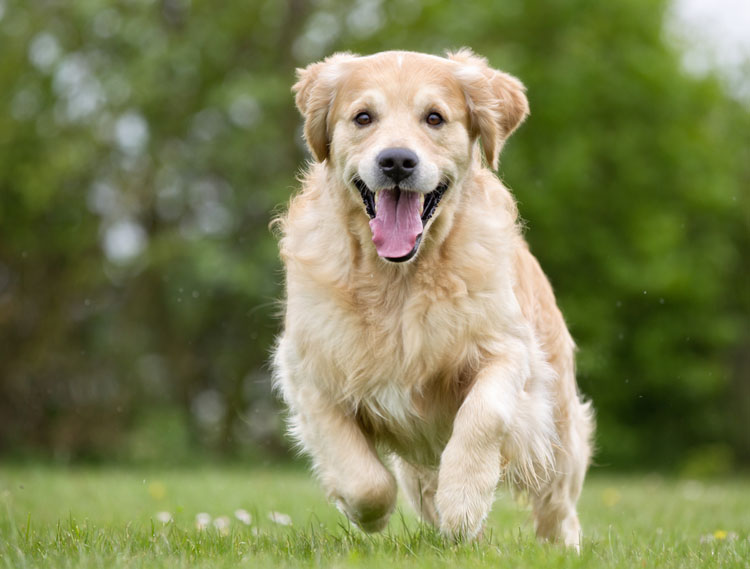Training your puppy or adult dog to come when called—also known as recall—is one of the most important commands for safety and everyday life. Yet, it’s also one of the most common struggles for any dog owner. In fact, a 2024 report found that while 73% of dog owners use some form of training, only 8% enroll in professional obedience classes or structured programs, which can lead to inconsistent results.
Many pups learn to associate the “come” command with the end of playtime or a negative experience, making them less likely to respond. Additionally, studies show dogs trained in varied environments show a 40% improvement in recall, yet many pet parents stick to the same routine. Whether you’re just starting puppy training or reinforcing an older dog’s behavior, this guide will help you overcome common pitfalls and build a strong, reliable recall using easy steps and plenty of praise and rewards.
Don't Just Take Our Word For It
Frequently Asked Questions (FAQ)
Q: Why won’t my dog come when called?
A: Many dogs ignore the recall command because they associate it with something negative, like the end of play or getting in trouble. You need to ensure your dog sees the “come” cue as a good thing, full of praise, treats, or toys.
Q: How long does it take to train a reliable recall?
A: It depends on the dog’s age, breed, temperament, and prior training. Most dogs show improvement in a few weeks, but long-term consistency is key to solving this behavior problem.
Q: Should I use treats every time my dog comes to me?
A: At first, yes. Rewarding behavior immediately with treats, toys, or affection builds strong associations. Later, you can alternate rewards with praise or clicker training.
Q: Can I train recall without a leash?
A: Early training sessions should always use a leash or long leash to maintain control and prevent frustration. As your puppy improves, move to low-distraction off-leash settings.
Q: Is professional training worth it for recall issues?
A: Absolutely. A professional dog trainer provides personalized guidance, addresses specific behavior problems, and accelerates your training results. For some dogs, this guidance is essential.
Training Your Dog to Come When Called
One of the most common concerns among dog owners is getting their furry friend to come reliably when called. The “come” command teaches dogs that returning to their owner results in something positive. Puppy training programs stress this as a foundational command.
Learning how to teach recall not only reduces frustration during walks but can also be lifesaving. Training your puppy or dog to come using consistent steps, rewards, and mental stimulation sets the stage for lifelong success.
4 Steps to Teaching Your Dog to Come
- Begin in a low-distraction area.
Start in your backyard or living room. Say your dog’s name, then reward any movement toward you with praise and a treat.
- Introduce the “come” cue.
Say your dog’s name followed by “come.” When your dog approaches, reward immediately. Repeat this step daily for at least a week. Use affection or a clicker to reinforce the behavior.
- Practice with distractions.
Attach a long leash and go to a place with mild distractions. Say your dog’s name and then the come command. When your dog responds, reward generously—then release them to explore again. This teaches that coming doesn’t always end the fun.
- Increase the difficulty.
Try the come cue at the dog park or in higher-distraction areas. If your dog doesn’t respond, walk in the opposite direction to regain their attention. Patience and repetition are key.
Additional Dog Training Tips
Focus on Environmental Variety
Dogs recall better when trained in various locations. Practicing at home, on walks, or during a training session improves adaptability.
Leash Work Early On
Using a long leash during early stages prevents your dog from ignoring commands. Once they understand the verbal cue, you can phase out the leash.
Repetition and Patience Matter
Most behavior problems, like ignoring commands, stem from inconsistency. Stick to a daily training session, using rewards and verbal cues to encourage calm behavior.
Use Clicker Training for Precision
Clicker training marks the exact moment your dog does the right thing. Pair it with praise and reward for best results.
Enroll in a Program or Class
Professional guidance is especially helpful if you’re struggling with dogs recall or managing multiple cues. You can also explore dog sports to build engagement.
Potty Training Reinforcement
Many of the same reward principles apply to potty training. Consistency, praise, and a positive routine help potty train your dog faster.
Whether you’re training your puppy to come or helping an older dog respond better to commands, these easy steps—combined with praise, patience, and repetition—will help your pup succeed. Remember: the goal is a positive, reliable behavior that lasts for your dog’s life.




